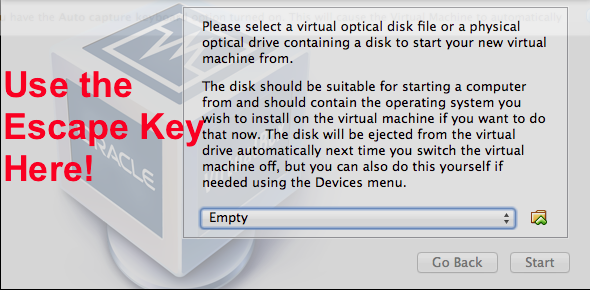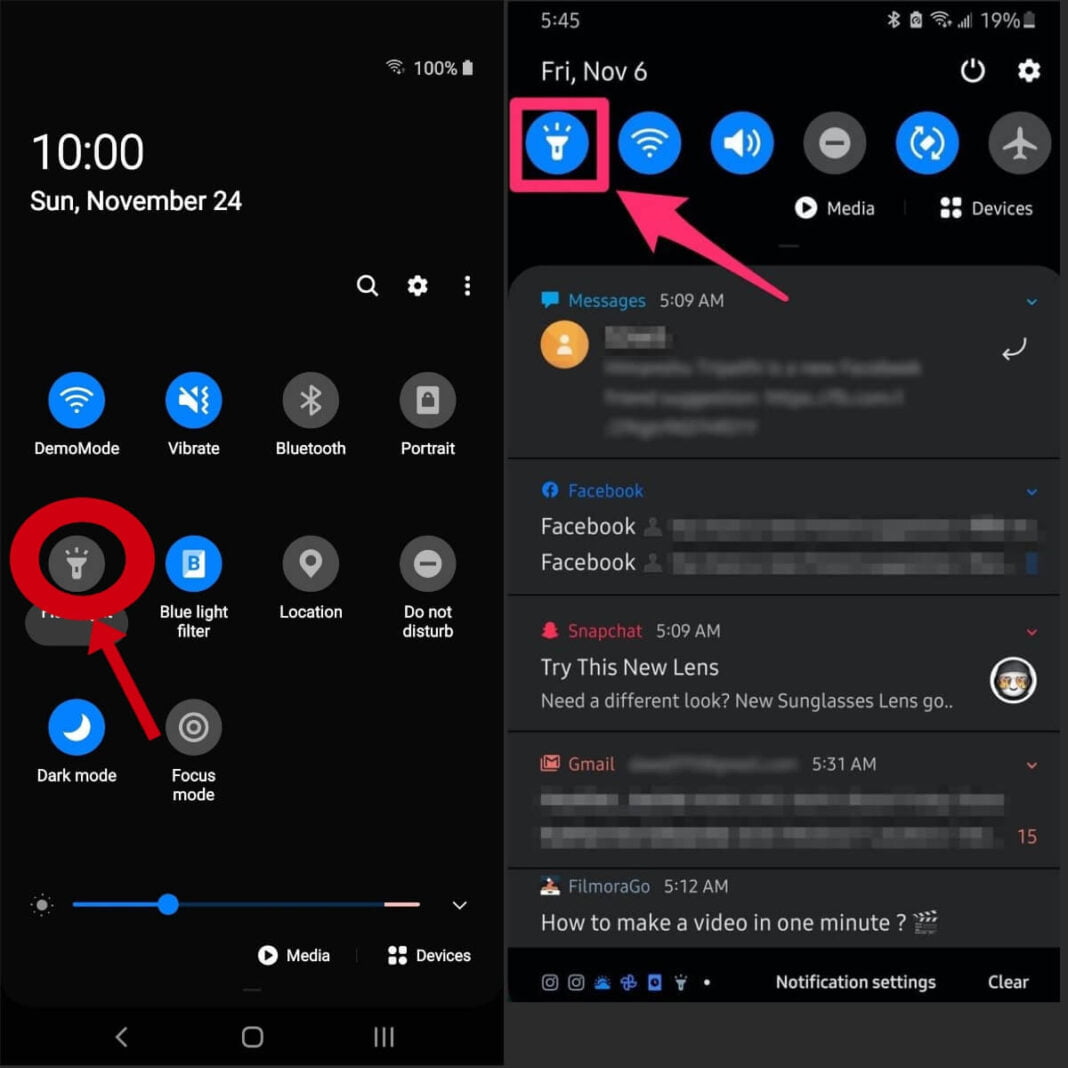

#Turn off cmd c virtual box how to
You now have a basic understanding of how a virtual machine configuration file is constructed and are ready to build your own.The steps that follow detail how to create a new virtual machine configuration file.
#Turn off cmd c virtual box code
Code Listings 4.1 and 4.2 show sample VMX configurations.Ĭode Listing 4.1 ESX 2.x VMX Code guestOS = "winnetenterprise"Įthernet0.allowGuestConnectionControl = "false"Ĭode Listing 4.2 ESX 3.x VMX Code guestOS = "winnetenterprise"Īs you can tell from Code Listings 4.1 and 4.2, the only difference is in the values of the config.version and virtualHW.version entries.These values relate to the version of ESX Server you are running.To check the values for these fields, open up an existing virtual machine's configuration file in a text editor.Ĭode Listing 4.3 VMware Autogenerated VMX Entry Examples uuid.bios = "56 4d ee 3c 52 06 a3 de-be 4a 73 9c cc 79 25 2b "Įthernet0.generatedAddress = "00:50:56:a7:42:e2"Ĭreating Your Virtual Machine Configuration File vmx extension.The VMX file is just a text file with specific fields that define the virtual machine's configuration.A very short vmx file only needs 14 lines to support a virtual machine that encompasses one CPU, one hard drive, and one network adapter.You could create a VMX file with just three lines but it would be of minimalvalue. Virtual machine configurations are stored as files with a. We accomplish the preceding tasks by utilizing the following tools:

#formatter_class=argparse.RawTextHelpFormatter, Top_parser = argparse.ArgumentParser(description=name.upper(),įormatter_class=argparse.RawDescriptionHelpFormatter, # = '+' makes list of all args passed after command, but requires at least one arg # = '*' makes a list of all args passed after command and if no args given, then default is used. # = '?' makes a string of one item, and if no args are given, then default is used. # = N where N is some specified number of args

# (default): by not specifying nargs at all, you just get a string of 1 item # for the approach i am taking here using nested subparsers:

Source File: run.py def main(): # needs to be done as a main func for setuptools to work correctly in creating an executable


 0 kommentar(er)
0 kommentar(er)
